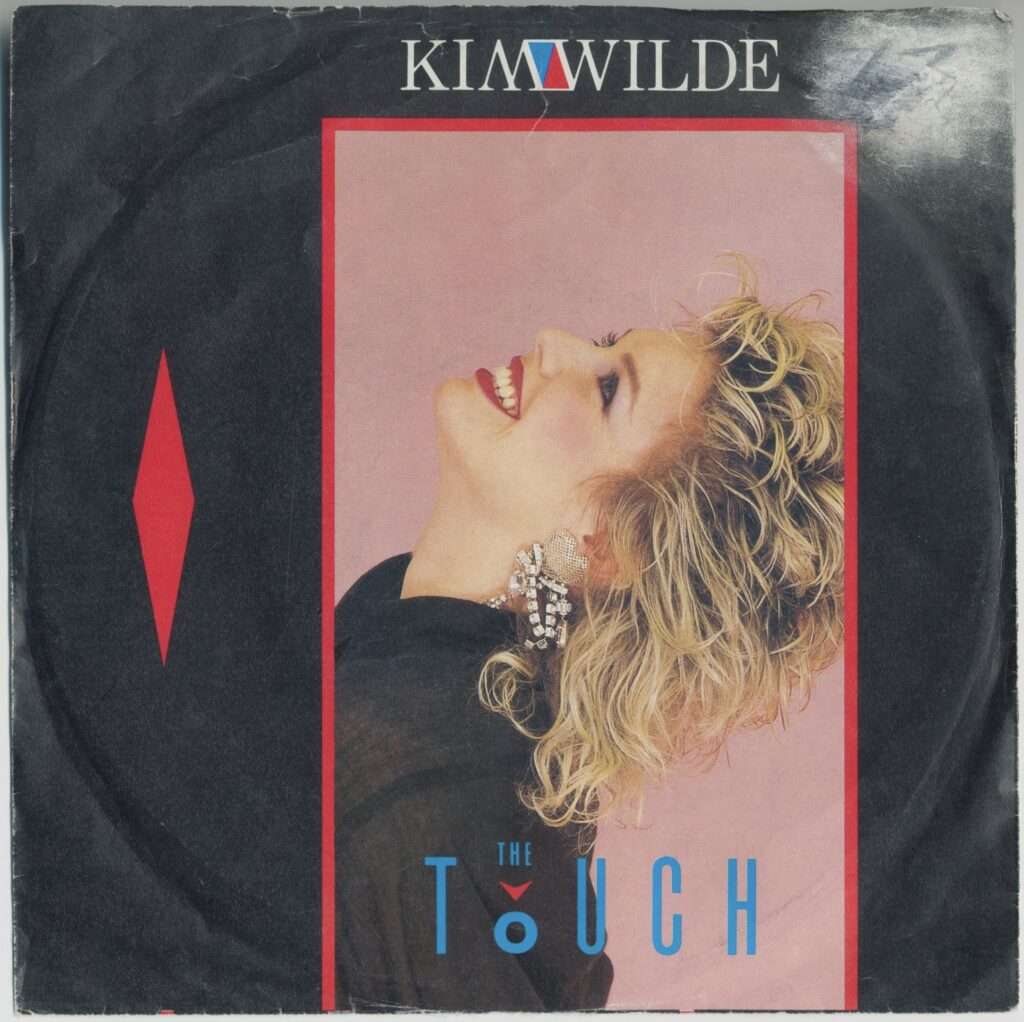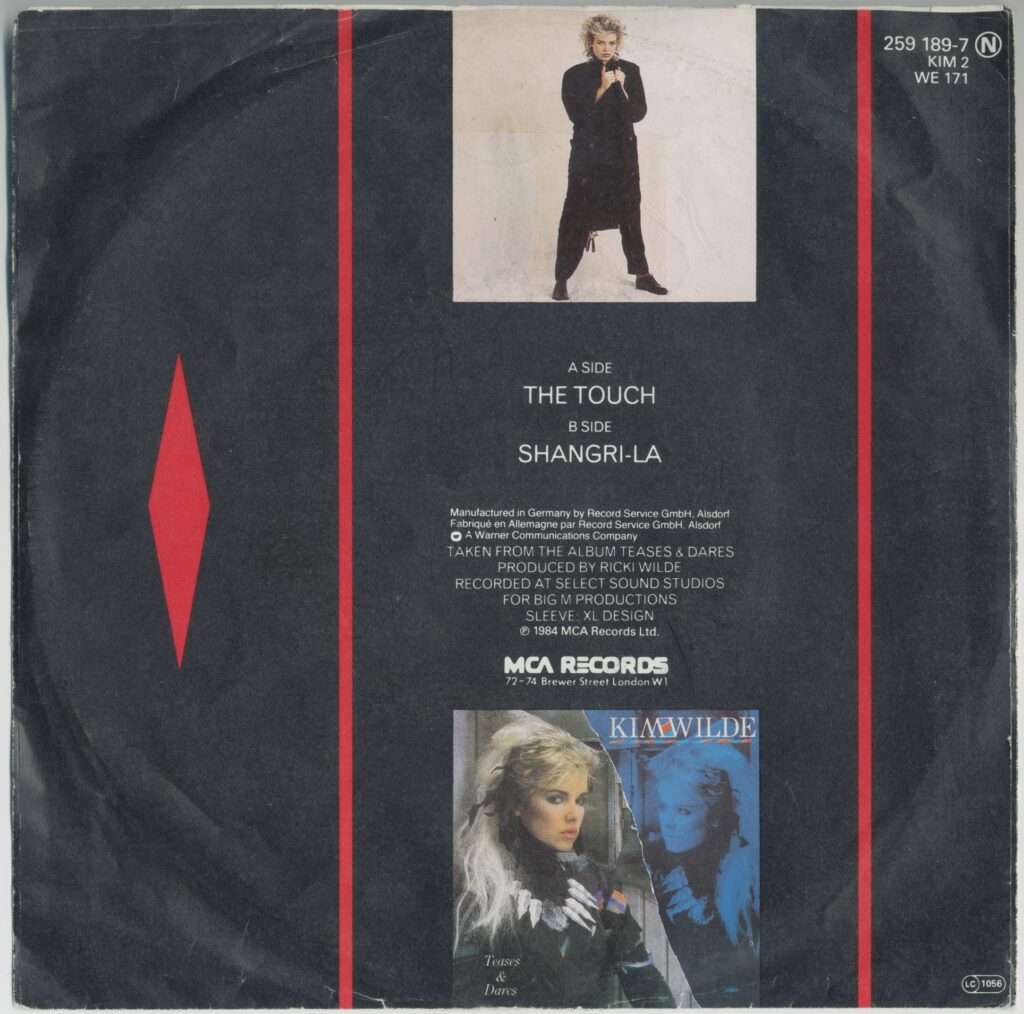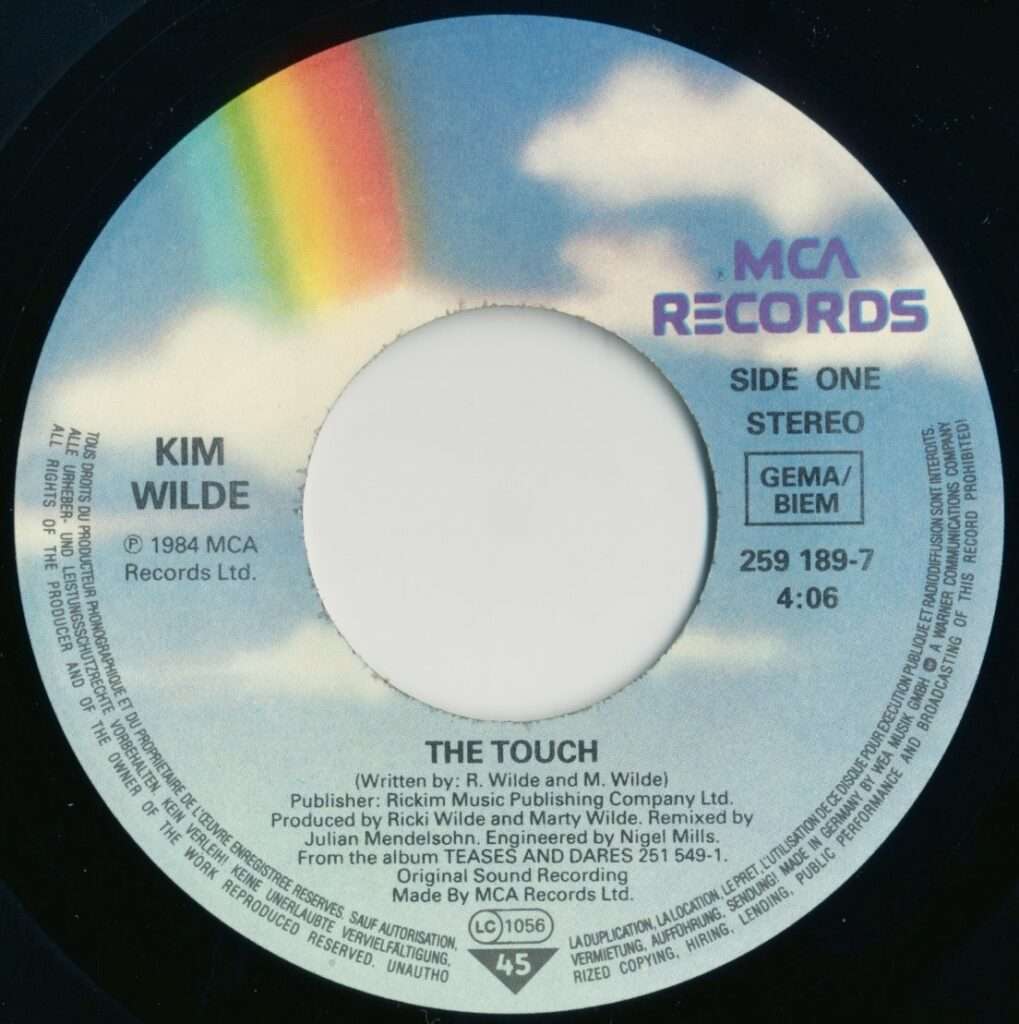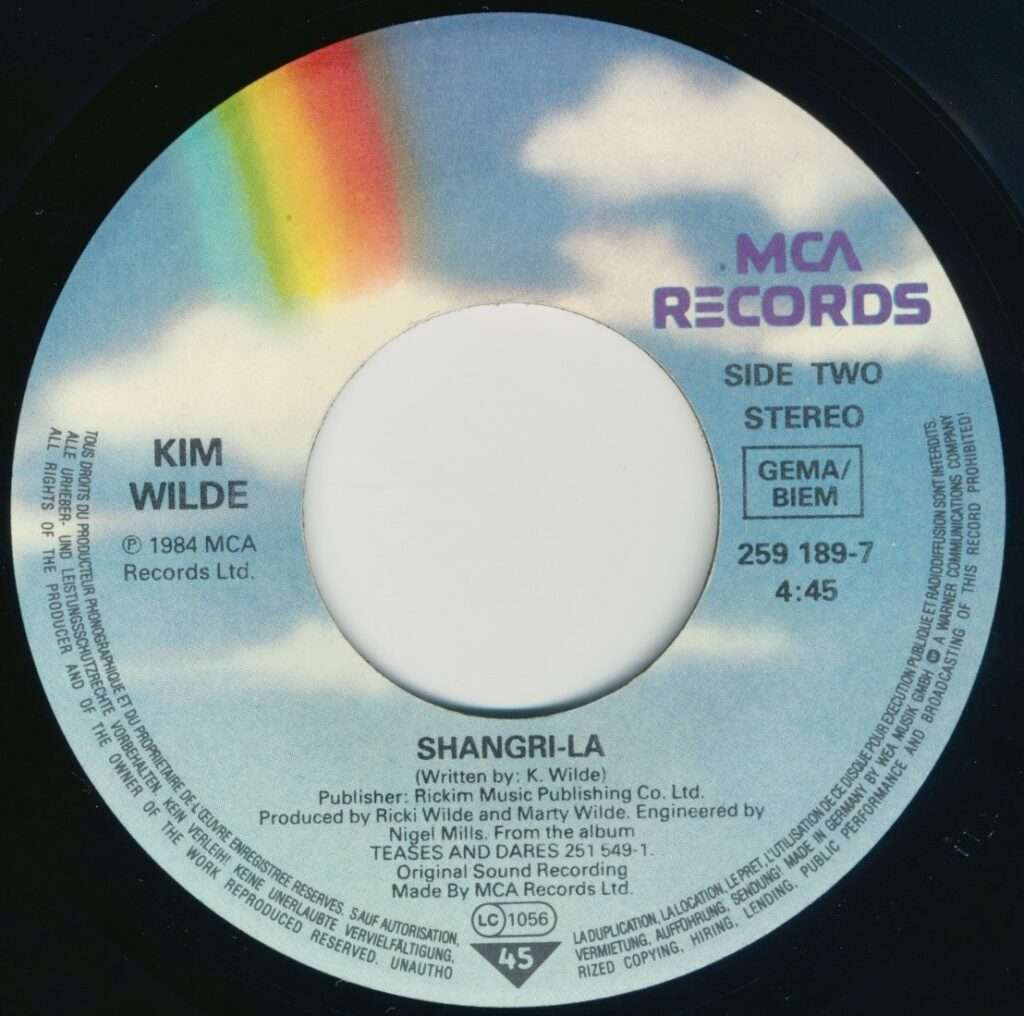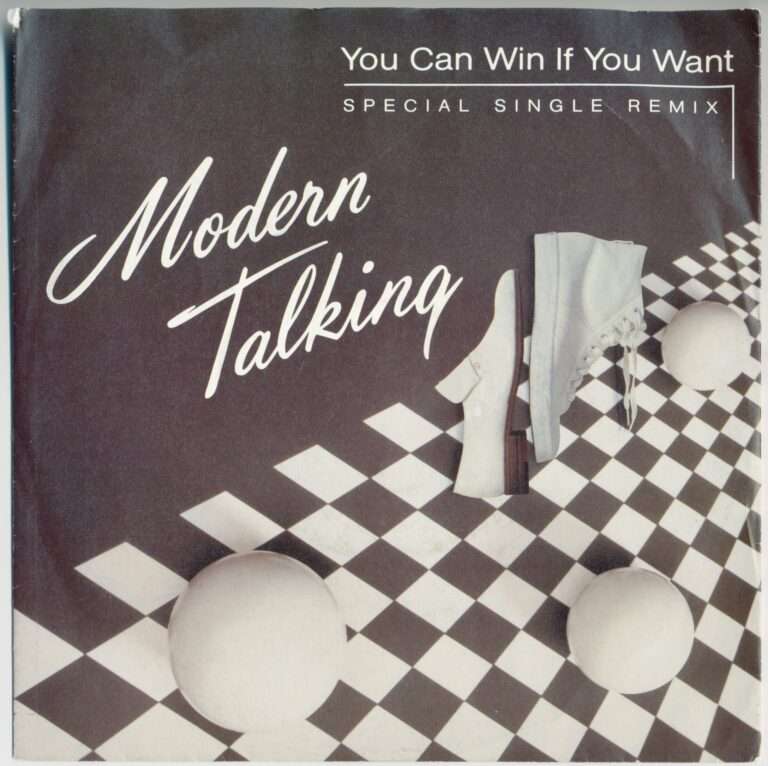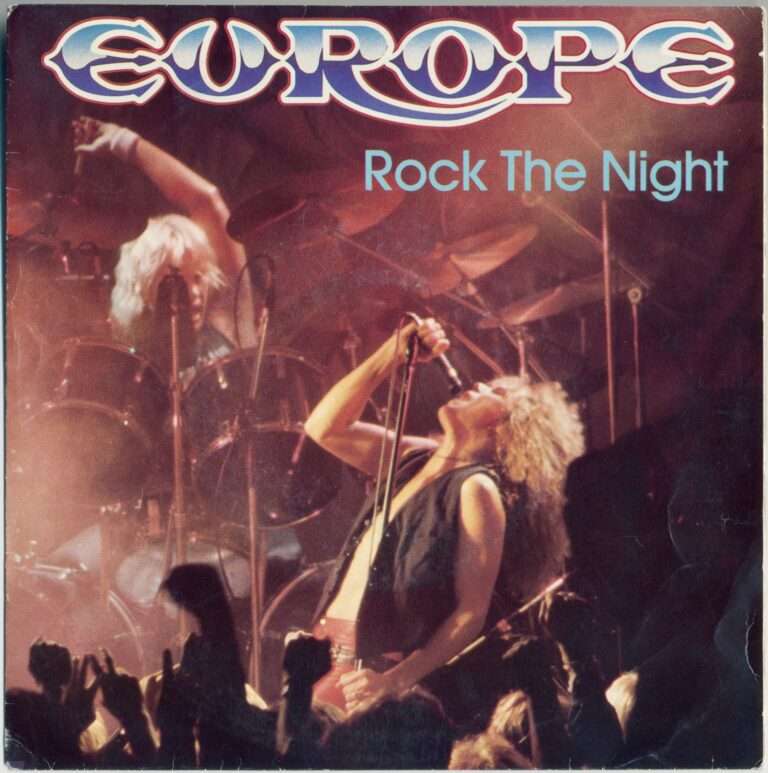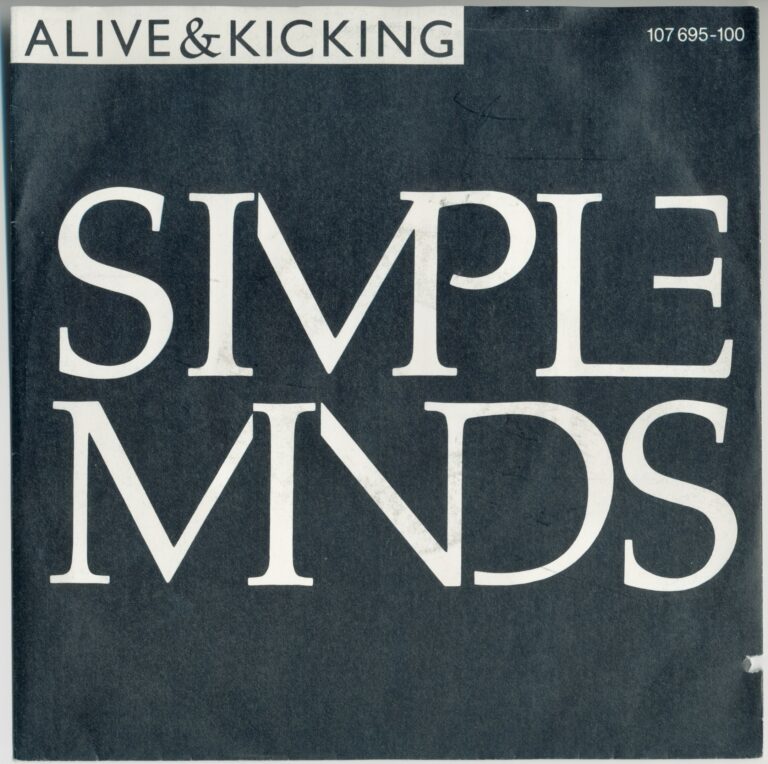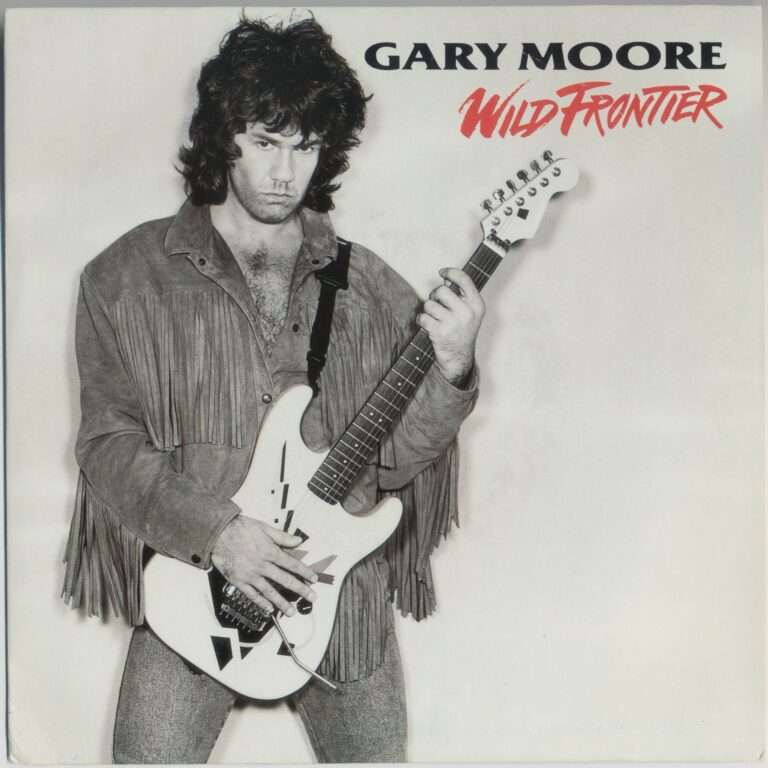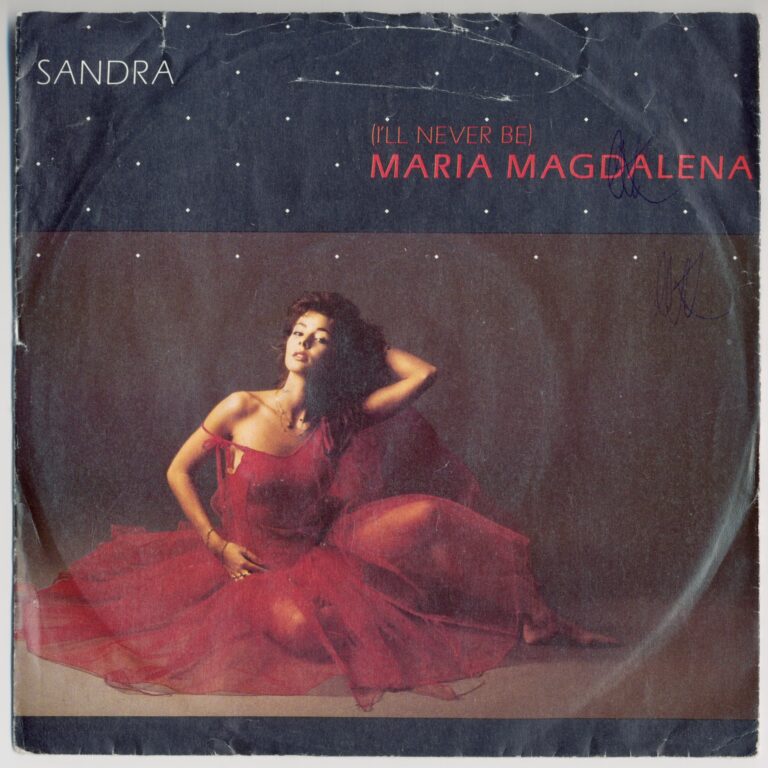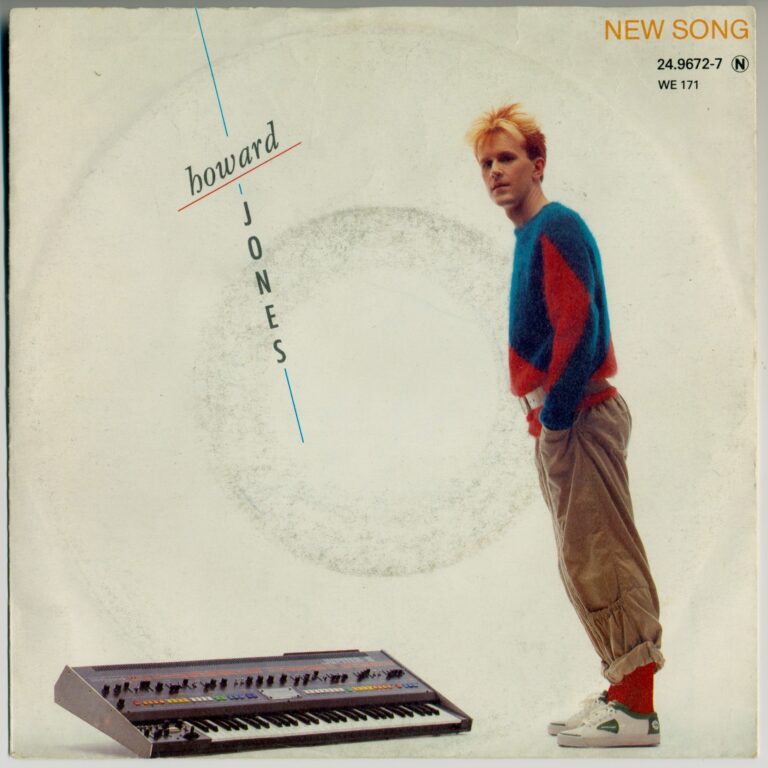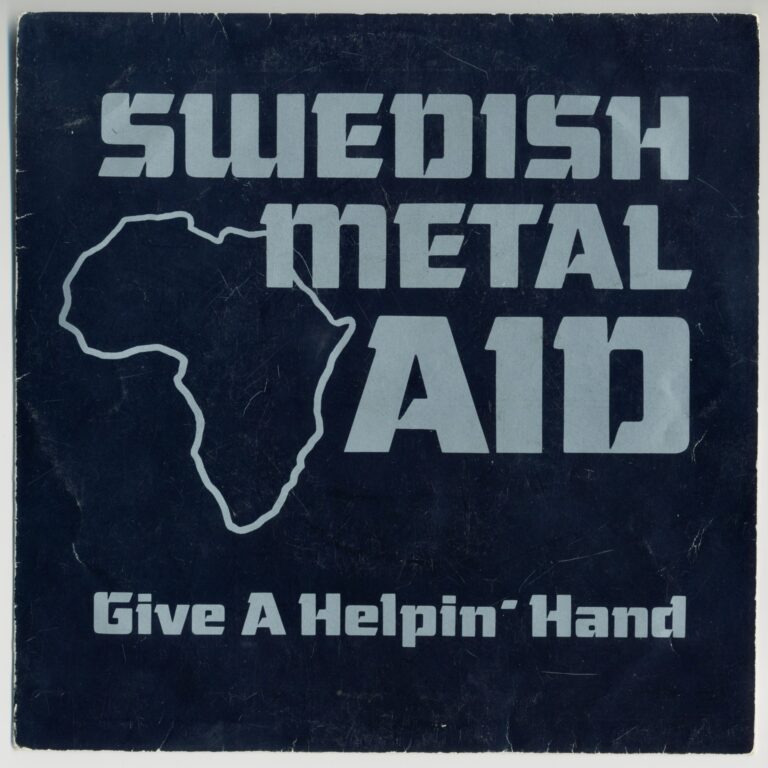When we think of Kim Wilde, her iconic 1981 debut “Kids in America” often springs to mind. But three years later, in 1984, she found herself at a crossroads. Having left her long-time label, Rak Records, she signed with the corporate giant, MCA Records. The first single under this new partnership was “The Touch,” a song that would become a fascinating study in contrast, revealing a hidden story of artistic integrity and commercial division.
The song’s creation was a true family affair, a creative tradition that had been the foundation of Kim’s career from the very beginning. Her brother, Ricki Wilde, and her father, Marty Wilde, co-wrote and produced “The Touch”. Marty has expressed immense pride in his children’s accomplishments, calling their success his “most proud achievement”. The song’s initial working title, “So Right,” hints at a deeper emotional core than its final, more punchy title, and the repeated chorus lyric, “Together we’re so right,” reveals the song’s true heart. This collaborative effort also produced the B-side, “Shangri-La,” a song that holds a special place in Kim’s discography as one of the first she received a sole songwriting credit for, a clear sign of her burgeoning desire for greater creative control.
The production of “The Touch” is a time capsule of the 1980s synth-pop sound, a bold mix of Pop, New Wave, and Hi-NRG. The track’s signature electronic sound was crafted using a list of iconic synthesizers, including the Roland Jupiter 8, Mini Moog, and Yamaha DX7. This sonic approach, with its heavy reliance on synthesizers, was a perfect fit for the musical landscape of continental Europe.
The song’s visual identity, however, tells a different story—one of tension and pushback against a new corporate image. When she moved to MCA, the label wanted to transform her from the “girl next door” into a “Barbarella-inspired sci-fi heroine”. Kim objected to this new look, which was used for the Teases & Dares album cover, and later claimed it confused her audience and contributed to weak sales.
This power struggle is visible on the single’s sleeve. While the album pushed the sci-fi persona, the cover of “The Touch” features a softer, more classic photograph of Kim, a look she preferred. This visual divergence from the album art highlights her resistance to the label’s marketing directives. The “atrocious” and “embarrassing” music video for the song adds another layer to this narrative. In it, Kim plays Cinderella, a girl magically transformed into a glamorous and unrecognizable figure. The video’s narrative can be seen as a metaphor for the image change her label was trying to force upon her, which likely contributed to her discomfort with the final product.
“Funny what fate can bring you / And the things that it can do / Funny how life can change you / When you least expect it to”
The single’s commercial journey was a study in contradictions. In the UK, it was a bust, spending only three weeks on the charts and peaking at a disappointing number 56. But across the channel, it was a hit. In Belgium and the Netherlands, it reached number 20, and in Germany, it climbed to number 29. Its success was even more remarkable in Sweden, where it peaked at number 3 and spent six weeks on the Trackslistan chart in 1985, a far higher placement than in any of her other markets. This striking disparity reveals how an artist’s success in the 1980s could be highly regional, defying a single, global pop market.
Despite its mixed reception, “The Touch” found its way into pop culture, appearing in the 1985 film Secret Admirer and having its music video featured on an episode of the TV show Knight Rider. It has also maintained a lasting presence in her live performances, proving its enduring appeal to her fanbase, even if it didn’t find the same chart success as some of her other hits. Interestingly, there are no notable cover versions of “The Touch”. This absence suggests the song’s highly specific, synth-heavy production may have made it less suitable for reinterpretation across different genres or eras, unlike her bigger hits like “Kids in America”.
Ultimately, “The Touch” is a fascinating snapshot of an artist in transition—a song that tells a story not just through its lyrics, but through its chart performance, its visual design, and its lasting legacy. It’s a reminder that even a song that seems to stumble can find its audience and tell a compelling story about the artist who created it.
My copy: 7″, 45 RPM, Europe, 1984, MCA Records
Trackslistan (Swedish radio chart): 6 weeks, peaked at #3, #30 on year-end list 1985

